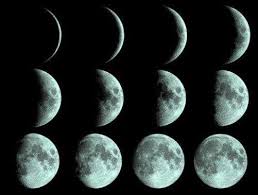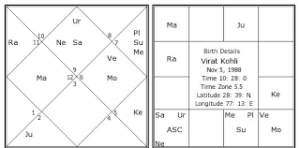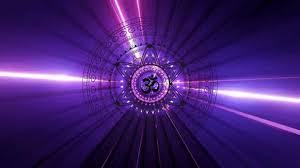Detailed Explanation of Time Zones
Time zones exist to standardize time across different regions of the world based on the Earth’s rotation. They ensure that local times align with the position of the Sun, preventing inconsistencies in daily life and commerce.
1. The Concept of Time Zones
- The Earth rotates 360 degrees in approximately 24 hours, meaning it covers 15 degrees per hour.
- To manage this, the world is divided into 24 standard time zones, each generally spanning 15 degrees of longitude.
- The central reference point for time zones is the Prime Meridian (0° longitude), located in Greenwich, England.
2. Coordinated Universal Time (UTC)
- UTC is the global standard time from which all time zones are calculated.
- Local times are defined by an offset from UTC (e.g., India Standard Time (IST) = UTC+5:30).
- Unlike local time zones, UTC does not change with seasons or Daylight Saving Time (DST).
3. Daylight Saving Time (DST)
- Some countries adjust their clocks forward by an hour in summer and backward in winter.
- DST is used to maximize daylight utilization for economic and energy-saving benefits.
- However, India does not observe DST, maintaining IST year-round.
4. International Date Line (IDL)
- Located at approximately 180° longitude, the IDL marks the point where the date shifts by one day.
- Crossing the line westward moves the calendar forward by a day, while crossing eastward moves it back.
- This correction is necessary due to time zones differing across longitudes.
5. Time Zones in Practice
- Countries often adjust their time zones based on political and economic factors rather than strict longitude divisions.
- Some large countries (like Russia and the USA) have multiple time zones, while others (like India and China) use a single time zone despite their vast size.
- The Indian time zone (IST) is standardized at UTC+5:30, based on 82.5° East longitude, which passes through Mirzapur, Uttar Pradesh.
Time zones play a crucial role in astrology, especially in natal chart calculations and planetary transit analysis. Here’s how they relate to astrological concepts:
🌍 Time Zones & Astrological Calculations
- Local Mean Time (LMT) & Standard Time
- In Vedic astrology, traditional calculations were based on Local Mean Time (LMT), which depended on the longitude of the birthplace.
- Today, astrologers use Standard Time, adjusted for UTC offset (e.g., IST = UTC+5:30).
- Longitude & Sidereal Time
- The longitude of a location influences sidereal time, affecting the rising sign (Lagna) and planetary positions at birth.
- A change in time zone alters the Ascendant and planetary houses.
- Daylight Saving Time (DST) Adjustments
- Many countries follow DST, shifting clocks forward or backward.
- Astrologers must correct birth times accordingly, as even a minute change can impact planetary degrees and Dasha calculations.
⏳ International Date Line & Planetary Movements
- The International Date Line affects how astrologers interpret planetary positions in transit charts.
- When a planet changes sign or degree, it does so at different times worldwide, requiring conversion to Universal Time (UTC) for accurate predictions.
🔢 Ghati-Pal-Vipal & Time Zone Adjustments
Since you specialize in Hindu time measurement, you might appreciate how Ghati-Pal-Vipal conversions interact with standard time zones:
- 1 Ghati = 24 minutes
- 1 Pal = 24 seconds
- 1 Vipal = 0.4 seconds
- When converting planetary movement data, astrologers often adjust these measures to match time zone variations.




